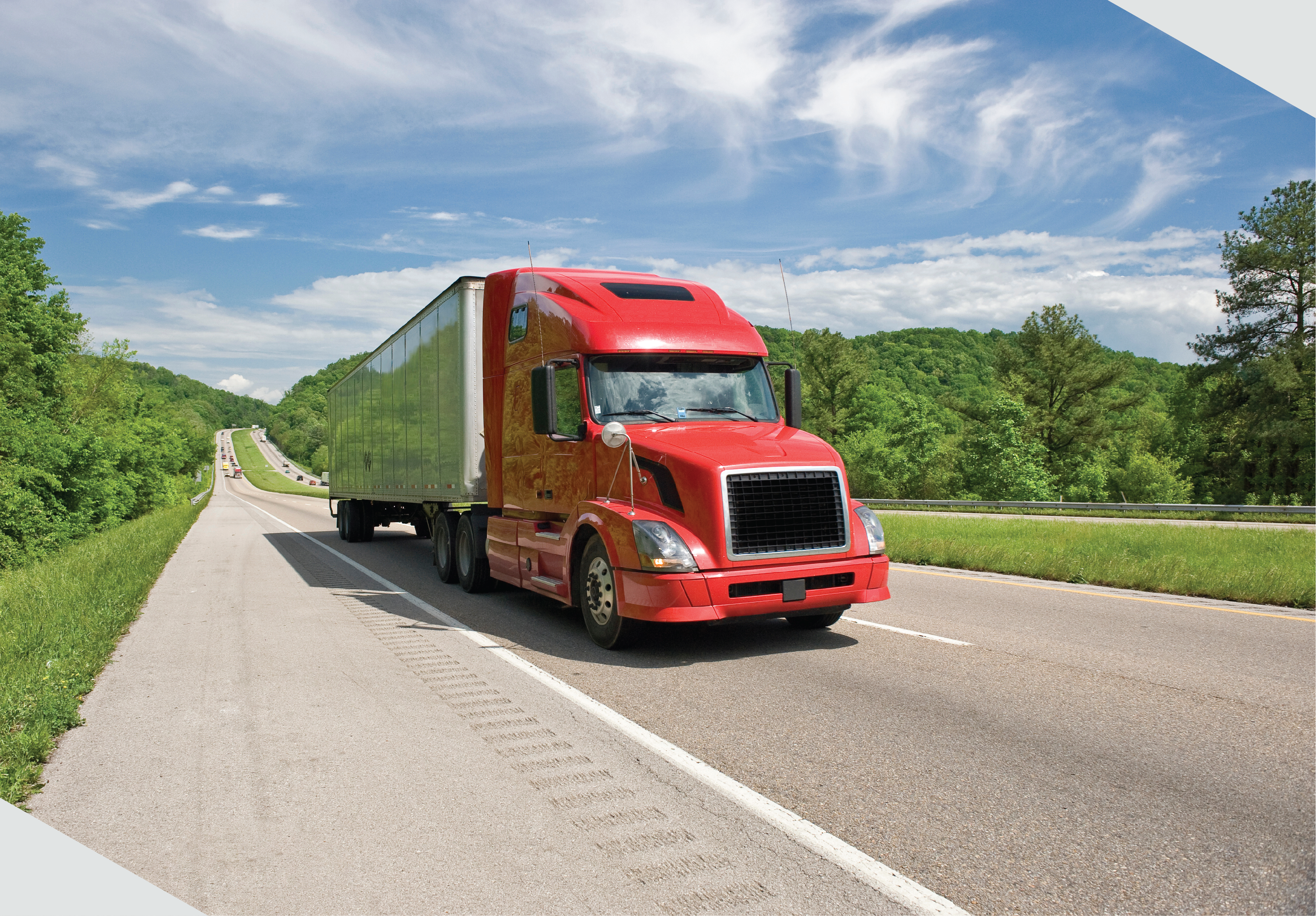Complicated Made Easy
Every year, transportation companies are forced to shutter their doors due to fines, poor safety ratings, and out-of-service enforcements. Don’t take risks when it comes to the future of your business. We can help ensure a lifetime of safe, compliant, and uninterrupted operations. Call today to learn how we do it.


Get your DOT Number started today, without the hassle.
You’ve got enough on your plate, so we’ll take care of the application for you – completely free. No catch, no payment, no strings attached. Plus, you'll have access to a knowledgeable compliance agent who’ll be there to support you every step of the way, helping your business stay on track with confidence and ease.
All of your compliance needs in one place.
Starting a new transportation company is stressful. Navigating the complex rules and regulations that may or may not apply to you is enough to drive anyone over the edge. With our broad selection of filings, registrations, and permits, you’ll never need to worry about it again.
Our administrative departments will work with you and your compliance agent to ensure that all of your ducks are in a row before you hit the road, and every mile after.


Don’t know where to begin?
Starting your business can be an intimidating and confusing task, but it doesn’t have to be. Our team has guided thousands of carriers who have been in the exact same position. It doesn’t matter where you’re at in the process, or what type of operation you have, we will meet you in your process and share our expertise to give your business the start it deserves.
Get all of your questions and concerns laid to rest with a quick call to one of our compliance agents who has years of experience serving clients like you.
A reputation you can trust.
We have been serving the motor carrier and transportation community for years. With an A+ rating with the Better Business Bureau, 4.9★ with Google, and a 5★ rating on Trustpilot, our reputation for client satisfaction speaks for itself.
Work with the team who is as dedicated to your business as you are.

This company has been keeping my business compliant for several years now. My agent is fantastic to work with and they really take the time to explain everything. Thank you, guys, for keeping me rolling.
A. Jackson